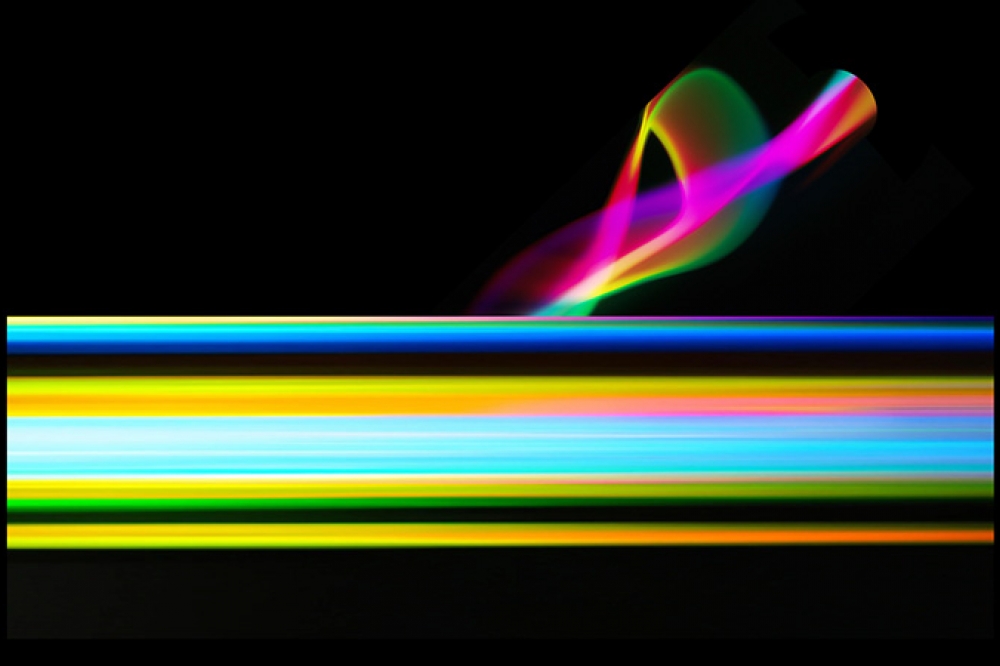New technique controls direction and wavelength of emitted heat

Materials scientists at the UCLA Samueli School of Engineering have published a study demonstrating a new technique to manage the direction at which a material emits thermal radiation while simultaneously fine-tuning its infrared wavelength to optimise performance. The researchers have suggested that, further down the line, the technique could be used in photonic integrated circuits.
The study was published recently in the journal Advanced Materials. Previous breakthroughs have involved defining either the direction of the emitted heat or its wavelength, but not both.
Thermal radiation is a process by which energy from random movements of atoms and molecules in matter is emitted in the form of electromagnetic waves across a broad range of wavelengths. Light emitted through thermal radiation is often broadband and omni-directional in nature.
This phenomenon can be seen in an incandescent light bulb — the hot filament inside the bulb radiates visible light in different directions. However, thermal radiation disseminated toward untargeted directions, or at unwanted wavelengths, limits the performance of many applications.
To solve this problem, a UCLA research team led by associate professor of materials science and engineering Aaswath Raman turned to a common technique used in semiconductor production.
Known as doping, it is a process by which impurities are deliberately incorporated into a semiconductor for the purpose of modulating its electrical, optical and structural properties. To demonstrate tailored simultaneous control of spectral and directional emissivity, Raman and his team utilised strategically designed silicon-doped semiconductor thin films where the doping concentration varies spatially in a graded profile along the depth dimension.
“By stacking multiple semiconductor layers embedded with different concentrations of impurities, we get to define the wavelength frequencies at which each semiconductor layer interacts with another,” said co-lead author and materials science doctoral student Jae Hwang, who is a member of Raman’s research group.
According to the team, the technique’s flexibility could enable a variety of thermal emission profiles previously thought unobtainable. In addition to controlling the direction and range of thermal radiation emissions, the method also shows potential in determining how materials absorb light. This could lead to a range of new thermal devices, such as improved solar cells that could harvest infrared radiation for energy. Additional applications include technologies for microelectronics, energy recovery, upcycling of waste heat and passive cooling techniques.
“This proof-of-concept demonstrated a simple and inexpensive way for the precise control of thermal radiation,” Raman said. “Both the wavelength of emitted light and the intended direction can be tuned simultaneously yet independently of each other.”
Further out, the researchers suggest the methodology could also be harnessed for a range of optical-based applications such as infrared photo detection and spatial light modulation devices for optical communication, as well as for switches and logic gates in photonic integrated circuits.



































